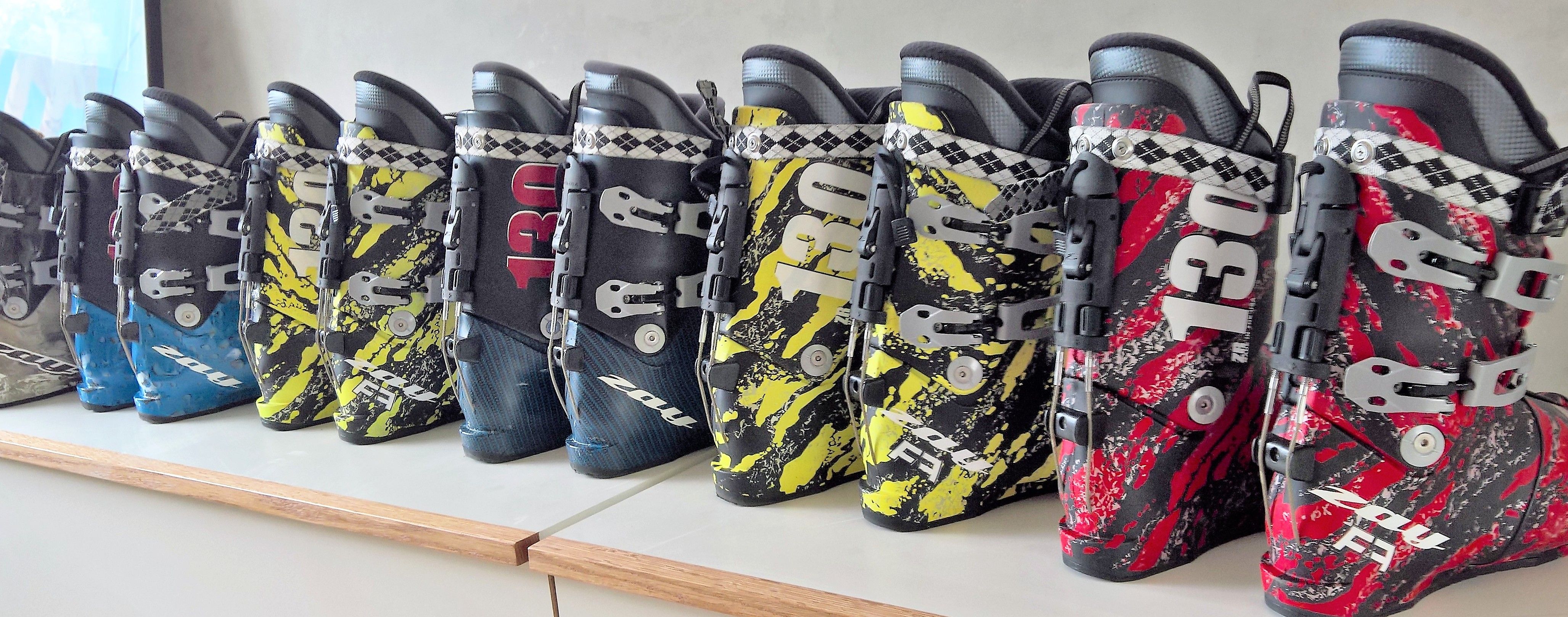
Causes of Mis-alignment Part I -- Your Anatomy
1. Causes of mis-alignment: Foot and ankle issues
Some causes originate in the foot and ankle. Some of the more common issues, divided by default symptoms are as follows:
| Default Pronation (inward – knock kneed) | Default Supination (outward – bowlegged) |
|---|---|
| Heel tipped inward (calcaneal eversion) | Heel tipped outward (calcaneal inversion) |
| Forefoot twisted, big toe high (varus) | Forefoot twisted, little toe high (valgus) |
| Excessively mobile arch structure | Excessively stiff arch structure |
| Inadequate heel/ankle eversion (When present with pronation, it results in added rotation in the leg) | |
Any of these issues, among others, might be affecting your skiing.
Solution: Skiers with any of these issues could benefit from a footbed that is individually crafted for their specific needs. Depending on how well the foot/ankle responds to the footbed, additional external boot canting may also be appropriate.
2. Causes of mis-alignment: leg and knee issues
Some causes are a product of leg structure. The most common issues are:
- Excessive curve in your lower leg (tibial varum/valgum)
- Excessive twist in the lower leg (tibilal torsion).
- Excessive Q angle
People with leg issues often struggle with different edging behavior in the top versus the bottom of their turns. Skiers with excessive tibial varum, for example, experience bowlegged symptoms in the top of the turn and knock kneed symptoms in the bottom. The approach involves finding a compromise between being able to find enough edge while being able to balance in the top of the turn with finding too much edge in the bottom of the turn. Many people with these issues are misdiagnosed in their canting needs when in-shop assessments are used as the sole basis of judgment. Because two people with the same issue may adapt their everyday stances differently, an over reliance on static tests and in shop devices often produce radically varied recommendations. In particular, in-shop mechanical devices that are used by many shops for canting assessment often indicate canting needs that are the opposite of the actual needs of the skier. Any adequate alignment assessment must include a direct examination of potential leg issues.
Solution: Most often, the solution for leg issues is a combination of an appropriate footbed and external boot canting. In these situations, there is no simple, immediate, “fix” and the needs of the skier may change as they develop in their general ability.
Instruction & Camps
Products
Contact
-
Portland / Mt. Hood Oregon